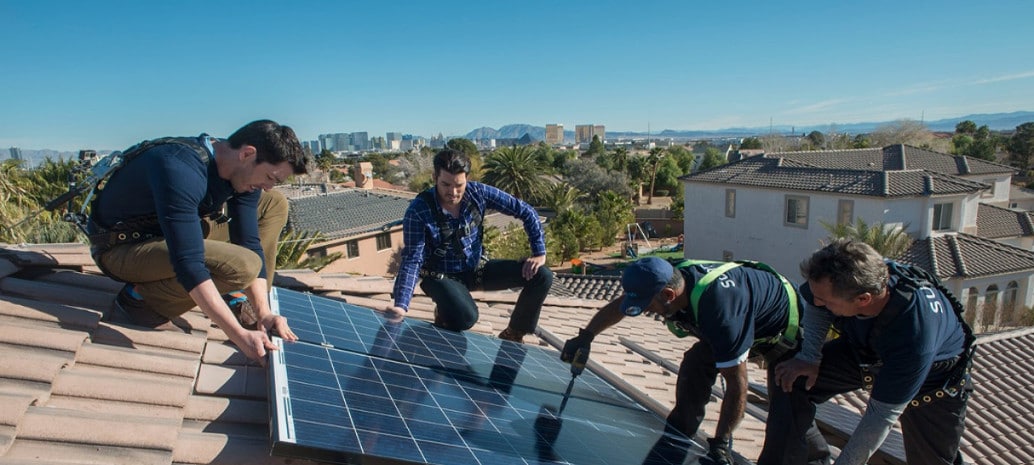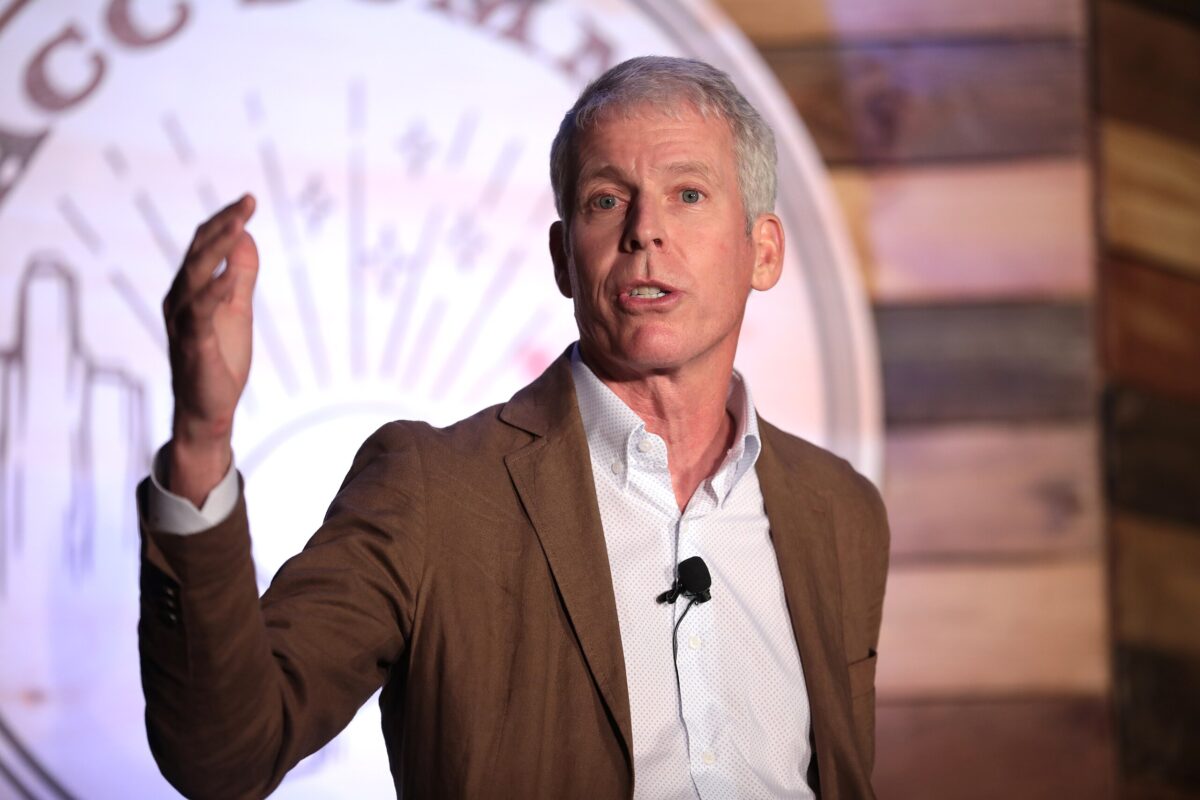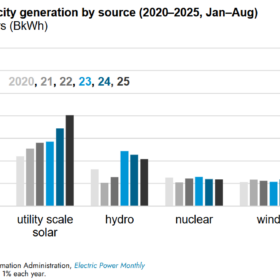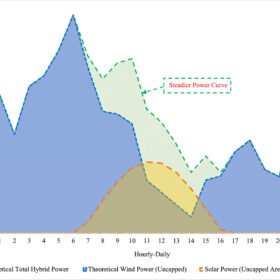Nearly two years after the Nevada Public Utilities Commission (PUC) inexplicably decided, in the words of some rooftop solar installers at the time, declare war on rooftop solar by slashing its net metering rates like a common Jason of Friday the 13th fame, the state’s Assembly and rooftop-solar advocates may be close to signing an official peace treaty.
Assembly Bill 405, which overwhelmingly passed the Assembly’s Commerce and Labor Committee (CLC) on a 12-2 vote, will now move to the full Assembly.
The bill establishes a “Net Metering Adjustment Charge” that reimburses rooftop-solar customers for excess solar credits at 95% of the retail rate up to 6% of historic peak electricity load, which for 2016 was approximately 8 GW in the bill. The phrase “historic peak energy load” is defined as when the state’s energy needs peaked during any calendar year. At 95%, the bill nearly restores full net metering, which historically has reimbursed solar users at the full retail rate for the excess electricity they export to the grid.
To get it out of committee, the bill was amended to merge the current reimbursement rates into a new tiered system, tethered to the retail rate of electricity calculated on the overall penetration of rooftop solar in the state.
The remaining tiers would be set at the following rates:
- 90% between 6 to 8% of historic peak load
- 85% between eight to 10% of historic peak load
- 80% over 10% of historic peak load
Members of the rooftop industry hailed the bill as an enormous victory and are anxious to get back to business. After the two years of uncertainty and ever-changing PUC policies left the industry in deep distress and despair, the current installed capacity of rooftop solar in Nevada is hovering around 2% – but if the bill passes the Assembly, the Senate and is signed into law by Gov. Brian Sandoval, installers expect that to change quickly.
For reasons that are still not entirely clear – even to people at the heart of the fight, the Assembly directed the PUC to cut the net metering rate precipitously and without warning, throwing customers and installers into a state of suspended animation. The rate reductions extended solar’s payback time beyond what many rooftop customers were willing to accept and reducing its economic raison d’etre. That, in turn, affected the installers that had customers lined up for installations. With the diminished economic incentive, many of those projects dried up.
This content is protected by copyright and may not be reused. If you want to cooperate with us and would like to reuse some of our content, please contact: editors@pv-magazine.com.








I appreciate the clarity of explanation in this piece… but I would like to say that using the term “peace treaty,” outside direct reference to the many peace treaties that resulted in appropriation of land and livelihood from the indigenous peoples of the americas, is in poor taste. I trust this was an oversight, and not intentionally condescending.
Honestly, the peace treaties I had in mind were Versailles, Yalta, etc. So oversight wouldn’t even begin to describe how far the situation you describe was from my mind when I wrote it.
And given that I was talking about a “war” on solar, I stand by its use in this context.
I honestly cannot tell if this is a joke or not……? Do you truly believe the term peace treaty only refers to deals made with indigenous peoples of America, and completely excludes all other peace treaties made throughout human history?
Who in the name of God would make a long-term investment when the benefit of their return will be negotiated and re negotiated by Nevada’s politicians i.e. for the next three years we will pay you this much for your power. Who could figure if a system would ever pay off?. These Nevada Politicians killed the ability of individuals to own their own solar power by killing the certainty of it’s benefit, all throughout the nation. People in every state will consider the precariousness of their investment in solar thanks to Nevada.
This Ab 405 bill looks horrible for Nevadans who are considering installing or who own solar systems.
Who? Lots of people interested in recouping their solar investments.
You need to find and support organizations who continue to press onward at the state level to change it and make things better. Solar is on the march – globally. This obstructionism represent the last desperate attempt for US power companies to cling to their customer base.
With 3Kw systems online for $8-$9k solar looks good here in Florida with our net metering at $0.11kw.
My understanding from reading thru some of AB405 is that solar customers are not supposed to be treated as a separate rate class. It seems that the amendments are doing just that. Anything less than 100% is a separate rate class.
Also, the basic service charge is different for solar customers, much higher.
Will AB405 allow customers to go off the grid completely without paying any closing fee or penalty?
I don’t know about going completely off the grid, and I’m not sure that AB 405 addressed that.
Connecticut homeowners go solar because they want something back – federal credits, state rebates, utility credits and/or higher home selling price. With less coming back, we have put a “governor” on the engine. The 2020 Connecticut Renewable Electricity Mandate of 27% renewable sources in the mix is tough enough with all the help from the government and the utility. Now they want a 40% mix by 2030? This sounds as preposterous as import tariffs to me!
l